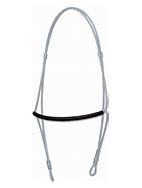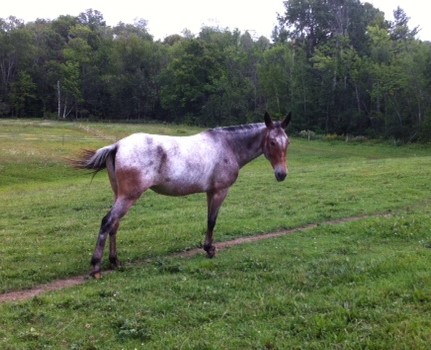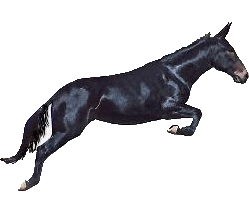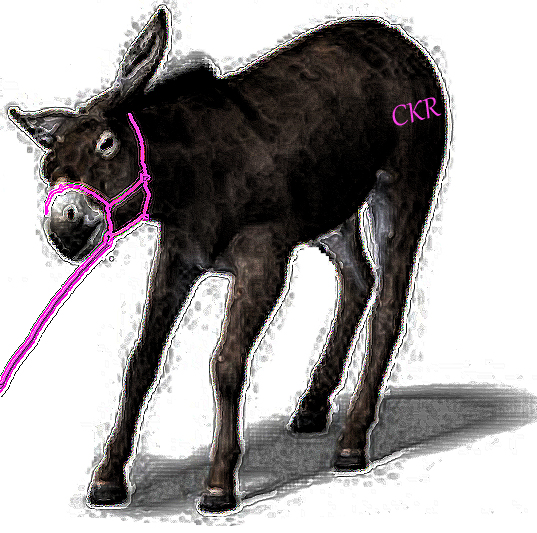Cindy,
Thank you for all the great information you provided on understanding and handling mules. Your common sense approach is appreciated.
I have a question that I hope you can help me with. I have two mules that ride, drive, and try lots of stuff with. My 9-year-old molly is pretty advanced in her training, but has a big hole in her fundamentals. I know this is related to respect, but I don’t know how to correct it.
She appears very respectful and will do what I ask her to do. On the ground, she will move in any direction, side-pass away and to me, ground tie, etc. But, if I try to lead her off to somewhere she doesn’t want to go, she quickly bends her head away from me and pulls out of my hands! I am not as strong as a man, so I cannot use brute strength to match her size (she’s 16 hands). What can I do to get and keep her respect? This is the one thing that I HAVE to correct.
Thank you very much for any advice you can give me. ~ Joan
Hi Joan,
I have dealt with this very problem several times and it seems they all were mare mules too! How funny. The good news is, you don’t have to be as strong as a man to work with your mule. I mean, look at me! The fact that your mule “surprised” you and was able to take advantage of the moment . . . well she got away with it so she will try it again. There are a couple of things you can do:

- You can use a training cable that will give you a better advantage. The Mustang Cowboy War Bonnet (don’t let the name scare you) I have used this with getting good results. (shown above.)
- You can apply the cowboy halter (self-made from a lariat) that tightens when she pulls away from the handler. Go to this link on how to use it: http://www.cowboyshowcase.com/cowboy-training-halter.html#.WCh7uIWcGhc
- You can work her in the round pen to establish respect and control.
- You can also use the Whoa Mule Bridle to establish control. http://www.everycowgirlsdream.com/bridles.html This seems to be the easiest for handlers to use.
In my experience, mare mules tend to get anxious or act up when they are in season. Some mares don’t readily show signs that they are in season but their attitude will change.
When your mule is “thinking” about pulling away from you – you should get a sixth sense about it and be able to react quickly to establish control. Flexing her to the right and left daily would also aid in establishing control.
I hope I have given you some workable solutions – I have applied all the above-mentioned training and they have all worked for me, it just depends on your skill set and what you feel like doing. Thank you for your email Joan – please let me know how you are doing with this and if you need further help – let me know! ~Cindy K. Roberts





